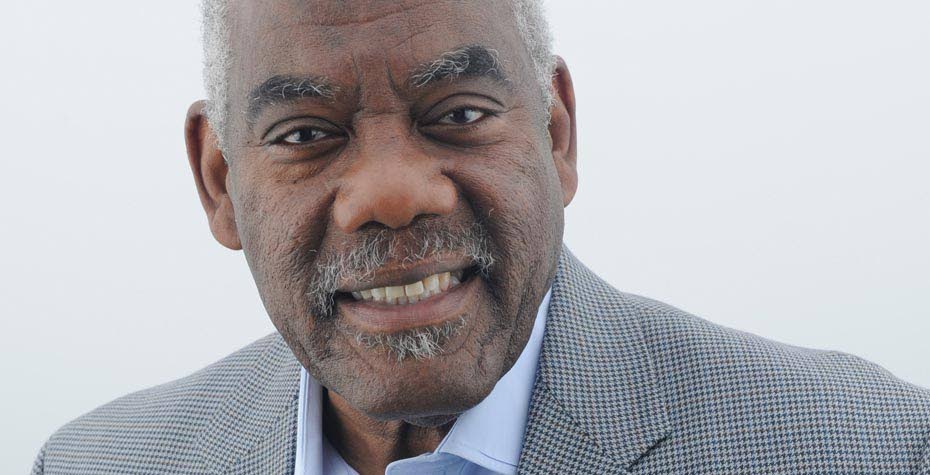Cudjoe introduces new book on Tacarigua plantation owner

William Hardin Burnley: The Biggest Resident Slave Owner in the British Caribbean,” a book written by Professor Selwyn Cudjoe, stresses on the roles of resistance to oppression and women’s role in leading the resistance during the last days of slavery in Trinidad, Tacarigua.
Cudjoe, who is originally from Tacarigua, was the featured guest at Lecture Series hosted by the Tobago Writers Guild at the Scarborough Library, Anne Mitchell-Gift Auditorium last week Tuesday.
With the book still to be published, Cudjoe said he was honored to make a short presentation on the book in Tobago first.
Cudjoe, author of books several books including “Caribbean Visionary: Webber and the Making of the Guyanese Nation,” “The Role of Resistance in Caribbean Literature,” “Beyond Boundaries” and “The Intellectual Tradition of Trinidad and Tobago in the Nineteenth Century,” said this new book on William Hardin Burnley is taken from a personal chapter in his life in Tacarigua where he grew up and worked with his grandfather, brother and uncle on Burnley’s estate.
He recalled his time walking to a nearby river to bathe before heading to Tacarigua EC school; one of the oldest schools in Trinidad and Tobago. He said the only money his family earned was from working on the sugar estate.
Burnley was known as the biggest resident slave owner in Trinidad and Tobago, residing in the largest house in the country.
“The thing that struck me about him (Burnley) is before slavery he made the most money and even after slavery he made the most money,” said Cudjoe.
“Burnley received the most money from slavery and from the state. Even after slavery he received more money that he ever did with his estates. What gave him all his power and prestige was that his sister married a major member of the British parliament who allowed him power in Trinidad and Tobago.”
Burnley was a son of a “village gentleman,” Harden Burnley, who travelled to Virginia in the 1760s to gain wealth. When the US revolution broke out in 1775, Harden Burnley was forced to flee America to England where he became a successful businessman.
In 1798, the son Burnley visited Trinidad where he was impressed by its terrain and returned in 1802 to invest in a plantation in Tacarigua. He married and had two children.
Cudjoe said Burnley was responsible for the construction of the country’s first children’s home called the Children’s Queen Home in Tacarigua and provided land to the to construct the St Mary’s church in Tacarigua.
He also spoke about issues on the plantation with the slaves, mostly women who despite being chastised, would continue to lead the resistance. He said women were more “effective in waging war with their tongues” and seemed always determined to persuade the men to start a resistance.
After emancipation, Cudjoe said, the slaves grew tired of receiving unfair wages. This unfair treatment led to a number of riots where Burnley’s master house was almost destroyed in one of the field fires started by the disgruntled ex-slaves.
Cudjoe said today, Burnley’s legacy was not prevalent but the behaviours in society, especially in the Tacarigua area, reflect past experiences of his power.


Comments
"Cudjoe introduces new book on Tacarigua plantation owner"